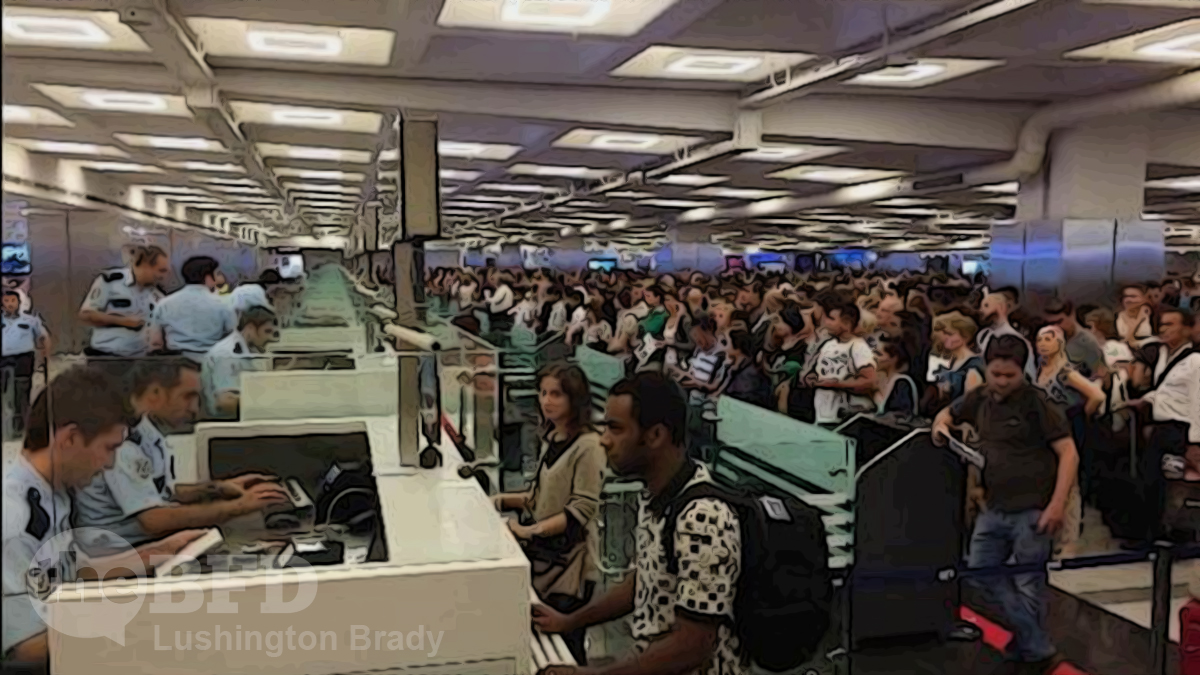Peter Allan Williams
Writer and broadcaster for half a century. Now watching from the sidelines although verbalising thoughts on www.reality check.radio three days a week.
peterallanwilliams.substack.com
What sort of housing shortage and what sort of country are we looking towards if we marry up a couple of recent number sets from Stats NZ?
Last year the number of new homes consented for building dropped by a quarter.
The raw numbers were 49,538 in 2022 reducing to 37,239 in 2023.
(The more realistic statistic should actually be the number of Code Compliance Certificates issued for a home completion but that number never seems to be published.)
However during the 12 months to the end of October last year the population increase through net migration was 128,900.
Isn’t this a major disconnect ?
How can we keep on accepting in excess of a hundred thousand new residents annually when we’re not building enough houses – let alone schools, hospitals and roads – for them to live in?
The housing consent numbers are sadly consistent across the building types.
When I first heard the numbers there was a hint that while the number of standalone houses dropped by 27 per cent last year, that might have been made up to some extent by an increase in apartments, townhouses and retirement village units.
But no.
The number of apartment consents dropped by a staggering 43 per cent. Townhouses, flats and units were down 19 per cent and those in-demand retirement village units fell 23 per cent on the 2022 figures.
To put the stats in some sort of context, the number of consents issued in 2022 was the highest ever at a touch under 50,000. But that boost was sorely needed after generally sluggish building activity going back nearly half a century.
In the year to March 1974 39,374 consents were issued. Our population then was 3.02 million.
Staggeringly that 1974 number was not exceeded till the December 2020 year, when our population had increased by 80 per cent to just over 5 million.
A population increase does not need to equate to a similar lift in building activity. After all people die while houses don’t. If all those houses consented between 1974 and 2020 – including apartments and flats and retirement units – were actually built there would be around a million more dwellings across the country than in the year Norman Kirk died.
But as stories of overcrowding and homelessness have become more commonplace, it’s painfully obvious that we do not build enough dwellings for people to live in, and we don’t build them at a price which is six to seven times a household’s income – the benchmark for home loans that banks issue mortgages on.
We all know the cost to build an average house in New Zealand has jumped significantly this decade. But supposedly reputable websites (eg canstar.co.nz) suggest a quality dwelling can still go up for just under $4000 per square metre, a number not too dissimilar to Australia.
The issue New Zealand has is the supply of land to build the houses on.
Despite making it an election promise in 2017 to expand the Auckland Urban Boundary, the Labour-led government never did. Not surprisingly, vacant land in Auckland skyrocketed reaching an average price of over $1500 a square metre in 2022.
Conversely in Christchurch, for the last decade the home of the country’s most affordable city homes, vast tracts of land were made available for development in the years following the earthquakes. Even today there is considerable vacant land for sale in Christchurch for between $500 and $1000 a square metre.
A new build in Christchurch on a 400-square-metre section will therefore be at least $200,000 cheaper than an identical place in Auckland simply because of the price of land.
That’s a factor than can only be controlled by government, either central or local, as they’re responsible for land use.
There will be numerous reasons why the number of building consents has dropped so dramatically. The cost of the consenting process, itself, of materials and of tradies will be towards the top of the list.
But surely the underlying issue is the cost of land on which dwellings can be erected, along with the cost of infrastructure improvements in neighbourhoods where new multiple places might replace one existing house.
The obvious solution is to make more land available to build houses on.
The Stats NZ figures predict a looming disaster otherwise.
Politicians – the ball is in your court.

